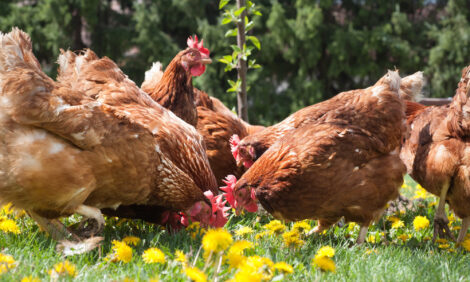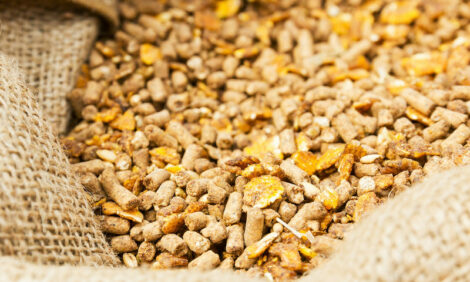



US farmer sentiment at lowest level in two years
Ag producer sentiment dropped to its lowest level since October 2016, erasing all improvements recorded following the November 2016 election.The Purdue University/CME Group Ag Economy Barometer, based on a mid-month survey of 400 agricultural producers across the US, declined 14 points in May to a reading of 101, down from 115 in April.
The decline in the barometer came about because producers’ perspectives on both current and future economic conditions worsened considerably compared to a month earlier. The Index of Current Conditions fell to a reading of 84, down from 99, and the Index of Future Expectations fell to 108, down from 123.
“Ag producers are telling us the agricultural economy weakened considerably this spring as the barometer has fallen 42 points (29 percent) since the start of this year,” said James Mintert, the barometer’s principal investigator and director of Purdue University’s Center for Commercial Agriculture. “Farmers are facing tough decisions in the midst of a wet planting season and a lot of uncertainty surrounding trade discussions.”
The Large Farm Investment Index, which measures producers’ attitudes toward making large investments in their farming operation, has ebbed and flowed over the past year; however, since the beginning of 2019, the index has trended significantly lower. In May, just 18 percent of farmers stated it was a “good time” to make large farm investments while 81 percent stated it was a “bad time,” pushing the investment index down to a reading of 37. This is the lowest Large Farm Investment Index reading since the Ag Economy Barometer’s October 2015 inception.
Farmers’ optimism toward short- and long-term farmland values has also waned since the early part of 2019. For example, the percentage of farmers that expect farmland values to decline over the course of the upcoming year jumped from 21 percent in January to 25 percent in March and most recently to 30 percent in May. Looking farther ahead, just 39 percent of producers said they expect farmland values to rise over the next five years, compared to 48 percent expecting rising values in the March survey.
Agricultural trade continues to be a source of concern for producers. For the past three months, producers were asked whether they expect the soybean trade dispute with China to be resolved by July 1 and whether they feel the resolution will benefit US agriculture. When the question was first posed in March, 45 percent of respondents expected the dispute to be resolved by July 1; that number declined to 28 percent in April and fell further to 20 percent in May. Regarding whether they ultimately expect an outcome favourable to US agriculture, 77 percent said yes in March, which declined to 71 percent in April, and fell further to 65 percent in May.
“At this time, a majority of producers still expect a favourable outcome for agriculture to the trade dispute,” said Mintert, “but that majority appears to be shrinking.”
Read the full May Ag Economy Barometer report here. This month’s report includes more information about each of the survey questions, as well as a look into farmers’ perceptions toward their equity positions. The site also offers additional resources – such as past reports, charts and survey methodology – and a form to sign up for monthly barometer email updates and webinars. Each month, Dr. Mintert also provides an in-depth video analysis of the barometer, available here.










